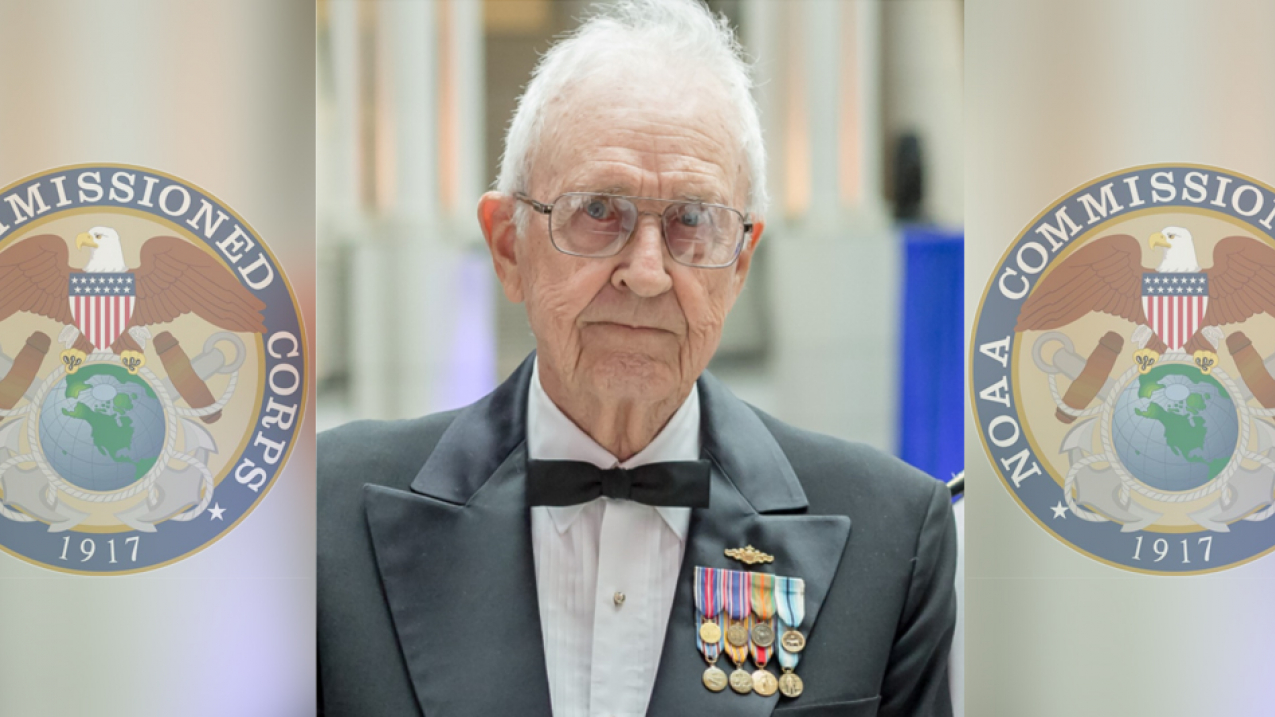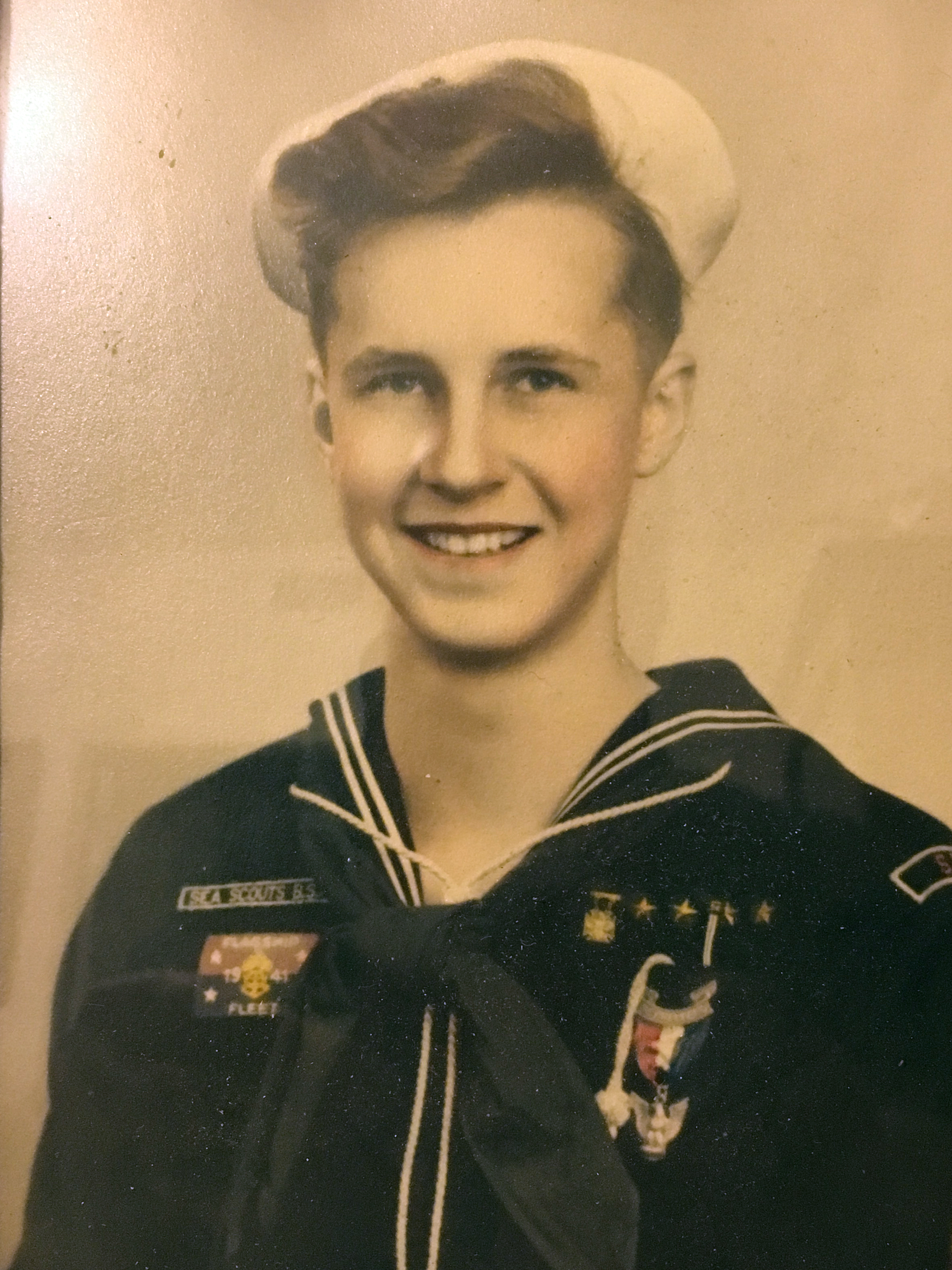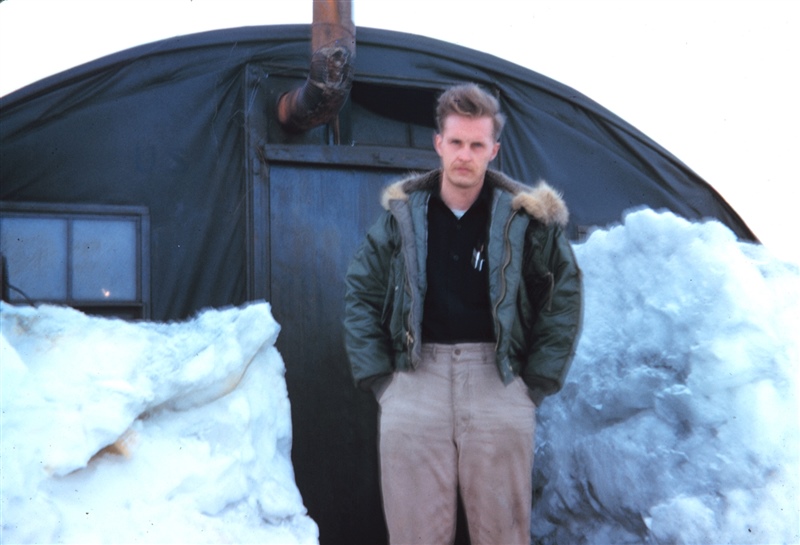NOAA’s history is filled with stories of people dedicated to the agency’s mission of science, service and stewardship. One of the giants is Rear Admiral Harley D. Nygren. From his childhood, through duty in the U.S. Navy during World War II, to a career culminating in being the first director of the NOAA Commissioned Officer Corps (NOAA Corps), Nygren exemplified commitment and leadership in his 38 years of service.

Meet Rear Admiral Harley Nygren: First director of the NOAA Commissioned Officer Corps. (Image credit: NOAA)





